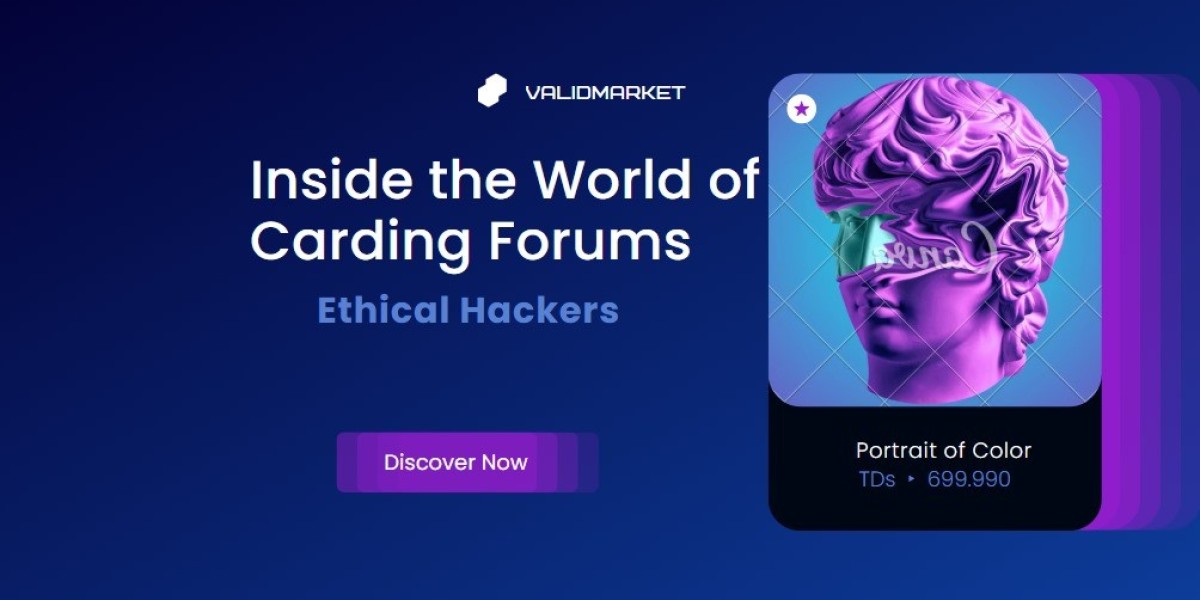As e-commerce continues to thrive globally, cybercrime has become a growing concern for businesses and consumers alike. One of the most alarming concepts in the world of cyber fraud is the Cardable website. This term is commonly used within underground communities to describe websites that can be easily exploited using stolen credit card data.
In this article, we will explore what a Cardable website is, how it is used in fraud, the risks it presents, and how both businesses and users can protect themselves.
What is a Cardable Website?
A Cardable website is an online shopping platform that can be used by cybercriminals to make unauthorized purchases using stolen credit card details. These websites often lack proper security features, making them ideal targets for fraudsters. Once a criminal identifies such a website, they can use compromised card information to place orders and receive goods or services without alerting the site's fraud detection systems.
Typical characteristics of a cardable website include:
No 3D Secure or Verified by Visa/Mastercard protection
Weak or no CVV verification
Poor billing address verification
No IP or location-based tracking
Accepts virtual or prepaid cards
How Cardable Websites Are Used
Carders, or individuals who engage in credit card fraud, frequently search for cardable websites to exploit. Once they find a vulnerable site, they will:
Use stolen credit card information, often purchased from carding forums or carders forums.
Test small purchases to ensure the transaction is accepted.
Scale up by ordering high-value items like electronics, gift cards, or designer clothing.
Have products shipped to a "drop address" or resell digital goods immediately.
Some even share successful websites with others on underground marketplaces or private groups, often including guides and tutorials for easier use.
Types of Cardable Websites
Cybercriminals target a wide range of websites across industries. The most common include:
Electronics stores – for easily resellable items
Fashion and luxury goods – for high-value products
Gift card providers – to convert stolen card value into digital currency
Gaming and software sites – to acquire premium features or licenses
Online subscription services – for resale or personal use without payment
Dangers of Being a Cardable Website
For businesses, becoming known as a Cardable website can have severe consequences:
Increased chargebacks and financial loss
Loss of customer trust and brand damage
Higher scrutiny from payment gateways and banks
Potential legal liabilities for failing to secure user data
Protection and Prevention
To protect against carding attacks, businesses must:
Implement fraud detection tools
Require CVV and full address verification
Use 3D Secure payment gateways
Monitor unusual transaction patterns
Limit high-risk purchases or require manual verification
Consumers can protect themselves by:
Avoiding unfamiliar or unsecured websites
Monitoring bank statements regularly
Using secure payment options like PayPal or virtual cards
Conclusion
The rise of the Cardable website trend highlights the ongoing battle between cybercriminals and cybersecurity efforts. While these websites present easy opportunities for fraud, awareness and proper security practices can go a long way in reducing their exploitation. Businesses and users alike must stay informed and vigilant to stay ahead of the threat.







